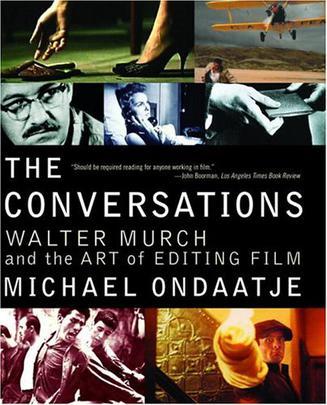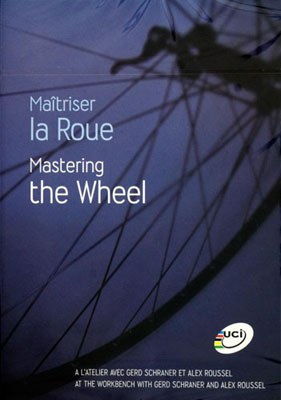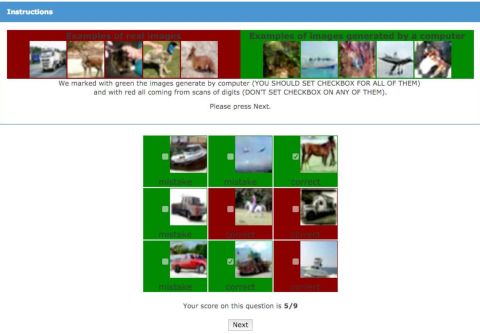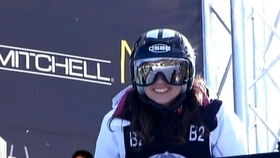A Comprehensive Guide to Beginner's Fly Fishing Techniques: A Step-by-Step Illustration
Embarking on the thrilling journey of fly fishing can be both exhilarating and challenging for newcomers. The art of fly fishing requires a blend of patience, skill, and a deep understanding of the water and its inhabitants. In this article, we'll delve into the essential techniques that beginners should master to get started on their fly fishing adventure. We've included a series of illustrations to help visualize each step, making it easier for new anglers to grasp the fundamentals.
Choosing the Right Equipment
Before you cast your line into the water, it's crucial to have the right gear. Here's a breakdown of the essential equipment you'll need:
Fly Rod:
- A fly rod is the heart of your setup. Choose one that matches your skill level and the type of fishing you plan to do. A 4- to 6-weight rod is a good starting point for beginners.
Fly Reel:
- A fly reel should match the weight of your rod. It should be easy to cast and retrieve the line smoothly.
Fly Line:
- The fly line is the part of your setup that actually touches the water. It's important to choose the right line for the conditions and the type of fly you're using.
Leader and Tippet:
- The leader is the part of the line that connects the fly line to the fly. It should be strong enough to handle the fish you're targeting but flexible enough to allow the fly to move naturally.
Flies:
- The type of flies you use will depend on the species you're targeting and the time of year. Start with basic patterns like the Adams or Hopper.
Illustration 1: Equipment Overview
[Insert illustration showing the different components of fly fishing equipment]
Casting Techniques
Casting is the foundation of fly fishing. Here are the basic steps to get you started:
Backcast:
- Hold the rod with a comfortable grip and take a backcast. The line should form a loop that travels behind you.
Forward Cast:
- After the backcast, bring the rod forward and release the line. The line should form a loop that travels in front of you.
Loop Control:
- Practice controlling the loops of the line to ensure a smooth and accurate cast.
Illustration 2: Basic Casting Steps
[Insert illustration showing the backcast, forward cast, and loop control]
Entering the Fly
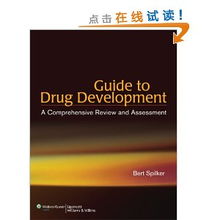
Once you've mastered casting, it's time to focus on getting the fly to the fish. Here's how to do it:
Mend:
- A mend is a technique used to straighten out the line and leader in the water. This is important for keeping the fly in the strike zone.
Drag:
- Drag is used to control the speed of the fly as it moves through the water. This is crucial for imitating the natural movement of the fish's prey.
Illustration 3: Entering the Fly Techniques
[Insert illustration showing mend and drag techniques]
Reading the Water
Understanding the water you're fishing is key to success. Here are some tips:
Observe the Surface:
- Look for surface disturbances that indicate fish activity.
Identify Structure:
- Rocks, logs, and other structures can hold fish. Learn to identify these features in the water.
Study the Bottom:
- The bottom of the river or lake can also hold fish. Look for areas with different types of substrates.
Illustration 4: Reading the Water
[Insert illustration showing how to observe the surface, identify structure, and study the bottom]
Fly Selection and Presentation
Choosing the right fly and presenting it effectively is critical:
Match the Hatch:
- Use flies that match the insects or other prey that the fish are feeding on.
Adjust Your Technique:
- Change your retrieve speed and mend technique based on the fly and the water conditions.
Illustration 5: Fly Selection and Presentation
[Insert illustration showing how to match the hatch and adjust technique]
Knot Tying
Knowing how to tie knots is essential for fly fishing. Here are two basic knots to get you started:
Improved Clinch Knot:
- This knot is used to attach the fly to the leader.
Albright Knot:
- This knot is a good all-purpose knot for connecting the fly line to the leader.
Illustration 6: Knot Tying
[Insert illustration showing how to tie the Improved Clinch Knot and the Albright Knot]
Conclusion
Fly fishing is a rewarding sport that requires time and practice to master. By understanding the basics of casting, fly selection, and water reading, beginners can begin to develop the skills needed to catch fish. Remember, patience and persistence are key. With practice, you'll soon be able to enjoy the tranquility and thrill of fly fishing like a seasoned angler. Happy fishing!

